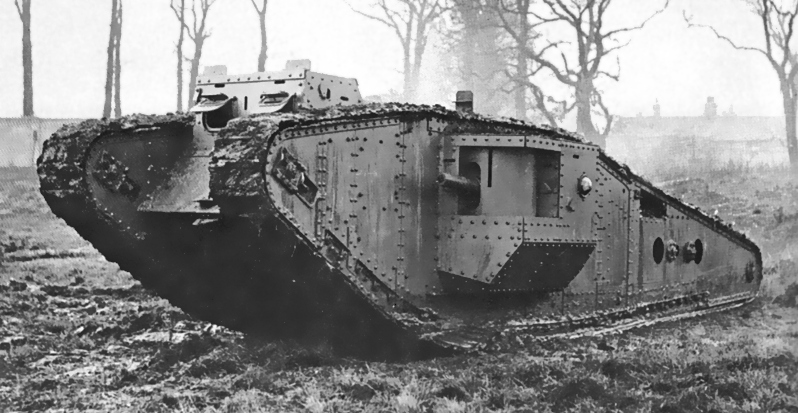1. Coastal Artillery Searchlight Emplacement.

This is on Seaton seafront, built into the cliff & originally would have housed a searchlight to show up invading forces for the gunners. They were often used in conjunction with an emergency coastal battery.
A B&W photo taken some years ago. It's rather dark, but you can just about make out the curving steps up to the emplacement before the retaining wall was built.

2. Type Variant Pillbox.
Above the Searchlight emplacement & set back on the other side of Cliff Hill roadway is a type variant pillbox.

The embrasures have been blocked & pebble-clad to blend in with the rest of the surface.

A wall has been built on top of the pillbox to increase elevation.

3. Possible Emergency Coastal Battery.
Further up the hill & on top of the cliffs there is an hexagonal structure with a concrete surround. There is no record of this having been part of the defence system, that I could find, but it does fit in with the research re. the searchlight emplacement, and could have been the site for the emergency battery.


The type variant pillbox could have been used in conjunction but because it's set back somewhat I suspect that it may have been a road defence rather than coastal. This is conjecture on my part, therefore if I find out differently then I'll amend accordingly.
Photos showing the positions of the 3 emplacements.


Examples sited can be seen under 'Other Defences' at this link http:/www.pillboxes-somerset.com

This is on Seaton seafront, built into the cliff & originally would have housed a searchlight to show up invading forces for the gunners. They were often used in conjunction with an emergency coastal battery.
A B&W photo taken some years ago. It's rather dark, but you can just about make out the curving steps up to the emplacement before the retaining wall was built.

2. Type Variant Pillbox.
Above the Searchlight emplacement & set back on the other side of Cliff Hill roadway is a type variant pillbox.

The embrasures have been blocked & pebble-clad to blend in with the rest of the surface.

A wall has been built on top of the pillbox to increase elevation.

3. Possible Emergency Coastal Battery.
Further up the hill & on top of the cliffs there is an hexagonal structure with a concrete surround. There is no record of this having been part of the defence system, that I could find, but it does fit in with the research re. the searchlight emplacement, and could have been the site for the emergency battery.


The type variant pillbox could have been used in conjunction but because it's set back somewhat I suspect that it may have been a road defence rather than coastal. This is conjecture on my part, therefore if I find out differently then I'll amend accordingly.
Photos showing the positions of the 3 emplacements.


Examples sited can be seen under 'Other Defences' at this link http:/www.pillboxes-somerset.com









































